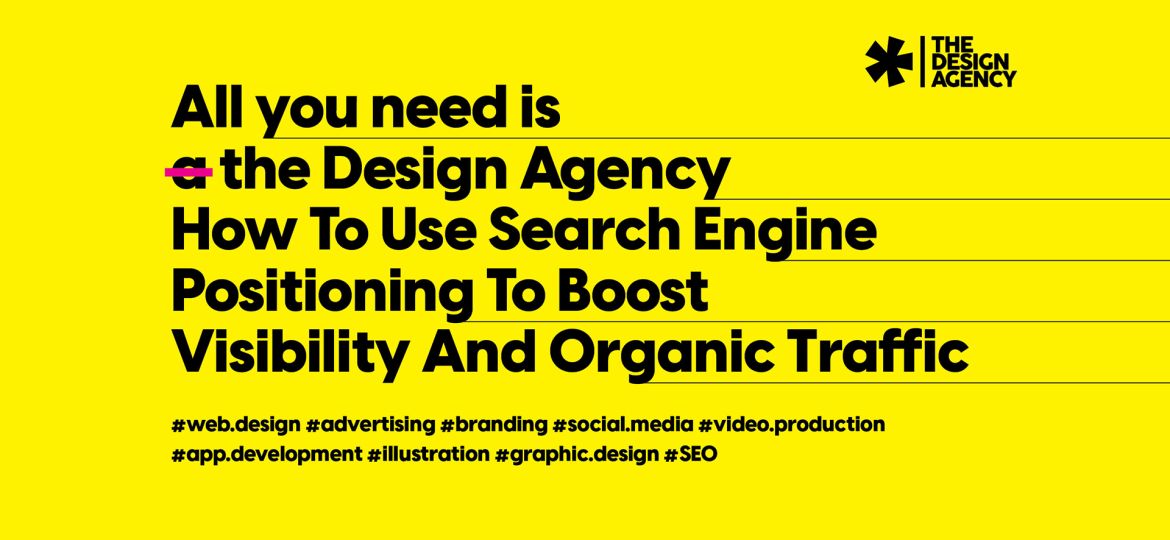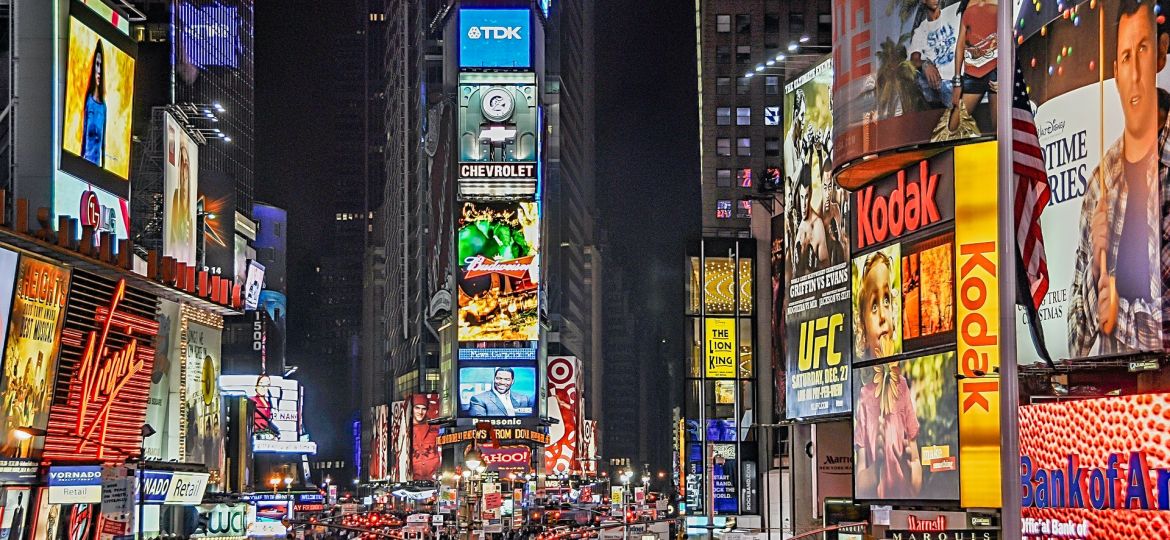Η Δύναμη του Influencer Marketing: Αξιοποιώντας τους Social Media Influencers Στην εποχή των social media, η επιρροή των influencers είναι…
advertising
Commercial ads often seek to generate increased consumption of their products or services through "branding", which associates a product name or image with certain qualities in the minds of consumers. On the other hand, ads that intend to elicit an immediate sale are known as direct-response advertising. Non-commercial entities that advertise more than consumer products or services include political parties, interest groups, religious organizations and governmental agencies. Non-profit organizations may use free modes of persuasion, such as a public service announcement. Advertising may also help to reassure employees or shareholders that a company is viable or successful.
Modern advertising originated with the techniques introduced with tobacco advertising in the 1920s, most significantly with the campaigns of Edward Bernays, considered the founder of modern, "Madison Avenue" advertising.[3][4]
Worldwide spending on advertising in 2015 amounted to an estimated US$529.43 billion.[5] Advertising's projected distribution for 2017 was 40.4% on TV, 33.3% on digital, 9% on newspapers, 6.9% on magazines, 5.8% on outdoor and 4.3% on radio.[6] Internationally, the largest ("big four") advertising-agency groups are Interpublic, Omnicom, Publicis, and WPP.[7]
In Latin, advertere means "to turn towards".[8]
Mastering Instagram: Προηγμένες στρατηγικές για την αύξηση της παρουσίας του brand σας Στον σύγχρονο ψηφιακό κόσμο, το Instagram έχει εξελιχθεί…
5 συμβουλές μάρκετινγκ για την επιτυχία ενός brand Το ψηφιακό μάρκετινγκ δεν είναι μια στρατηγική που μπορεί να οριστεί και…
INALAN – ΝΕΑ ΚΑΜΠΑΝΙΑ “Το internet σου ήρθε κουτί” “Το internet σου ήρθε κουτί. Θεϊκή σύνδεση στα 1Gbps σε μία…
How To Use Search Engine Positioning To Boost Visibility And Organic Traffic How do your web pages measure up when…
the Design Agency will be in ECOMMERCE & DIGITAL MARKETING EXPO 2022. Stand C20 Visit the Venue at Zappeion Exhibition…
Top 40+ Javascript Memes We Love Humor is an integral part of our life to survive in this super hectic…










